Ghost in the museum Among its many artifacts of St. James history, the Historical Museum of St. James-Assiniboia has one asset nobody will ever see. Staff call him Charlie
Read this article for free:
or
Already have an account? Log in here »
To continue reading, please subscribe:
Monthly Digital Subscription
$0 for the first 4 weeks*
- Enjoy unlimited reading on winnipegfreepress.com
- Read the E-Edition, our digital replica newspaper
- Access News Break, our award-winning app
- Play interactive puzzles
*No charge for 4 weeks then price increases to the regular rate of $19.00 plus GST every four weeks. Offer available to new and qualified returning subscribers only. Cancel any time.
Monthly Digital Subscription
$4.75/week*
- Enjoy unlimited reading on winnipegfreepress.com
- Read the E-Edition, our digital replica newspaper
- Access News Break, our award-winning app
- Play interactive puzzles
*Billed as $19 plus GST every four weeks. Cancel any time.
To continue reading, please subscribe:
Add Free Press access to your Brandon Sun subscription for only an additional
$1 for the first 4 weeks*
*Your next subscription payment will increase by $1.00 and you will be charged $16.99 plus GST for four weeks. After four weeks, your payment will increase to $23.99 plus GST every four weeks.
Read unlimited articles for free today:
or
Already have an account? Log in here »
Hey there, time traveller!
This article was published 13/06/2021 (1638 days ago), so information in it may no longer be current.
Writer Brenda Suderman and photographer Mike Deal continue to explore the attics and corners of the city’s community-run museums while they remain closed due to public health orders. Today they take you to the Historical Museum of St. James-Assiniboia, 3180 Portage Ave., which features three buildings relevant to the history of West Winnipeg: the 1911 municipal office building, a log house from 1852, once the home of William Brown and Charlotte Omand and their six children, and the exhibit space constructed about 50 years ago. Check out the virtual programs at here.
• • •
The biggest hidden asset of this west Winnipeg museum might just be the one nobody has ever seen.
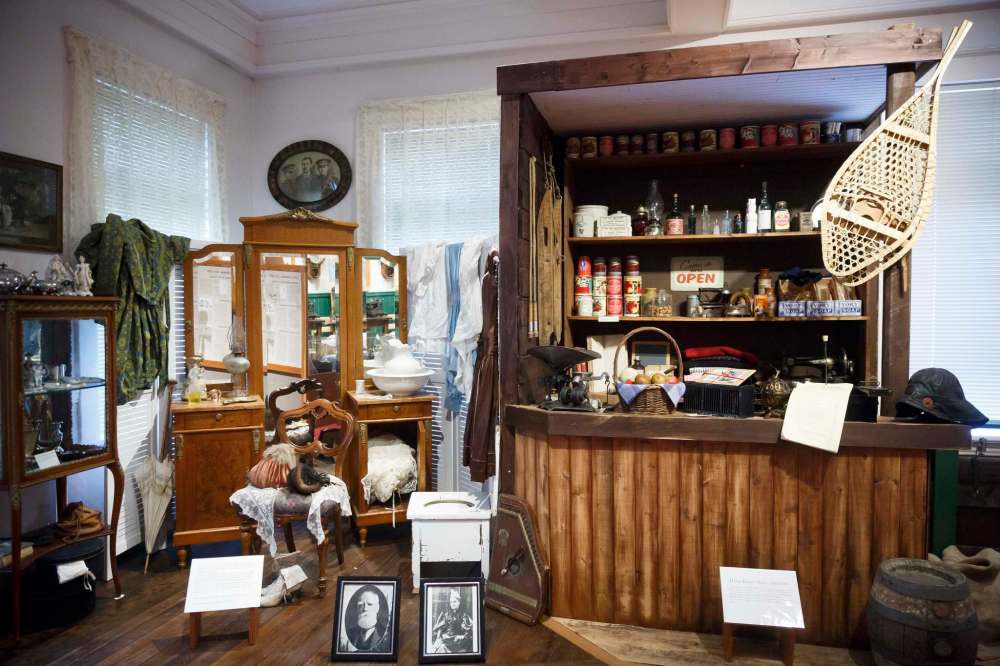
But plenty of folks have heard the whistles and footsteps, witnessed books flying off shelves or furniture flipped up in the air, or experienced the frustration of computer glitches and dead phones, said Bonita Hunter-Eastwood, curator and executive director of the Historical Museum of St. James-Assiniboia.
“We call him Charlie. We think it’s the old caretaker who took care of the municipal hall,” she speculated.
“He loves it when I’m here, loves when there’s activities, loves the ladies.”
Along with other staff and volunteers, Hunter-Eastwood has heard loud footsteps from the second former council chambers of the two-storey brick building when she knew she was alone on the premises, experienced repeated computer problems and buzzy telephone lines technicians can’t explain or diagnose or felt goosebumps that she attributes to the presence of Charlie.
He has an affinity for hanging about when the museum is bursting with school children, but he also makes himself known when there’s only one person in the museum, said Hunter-Eastwood.
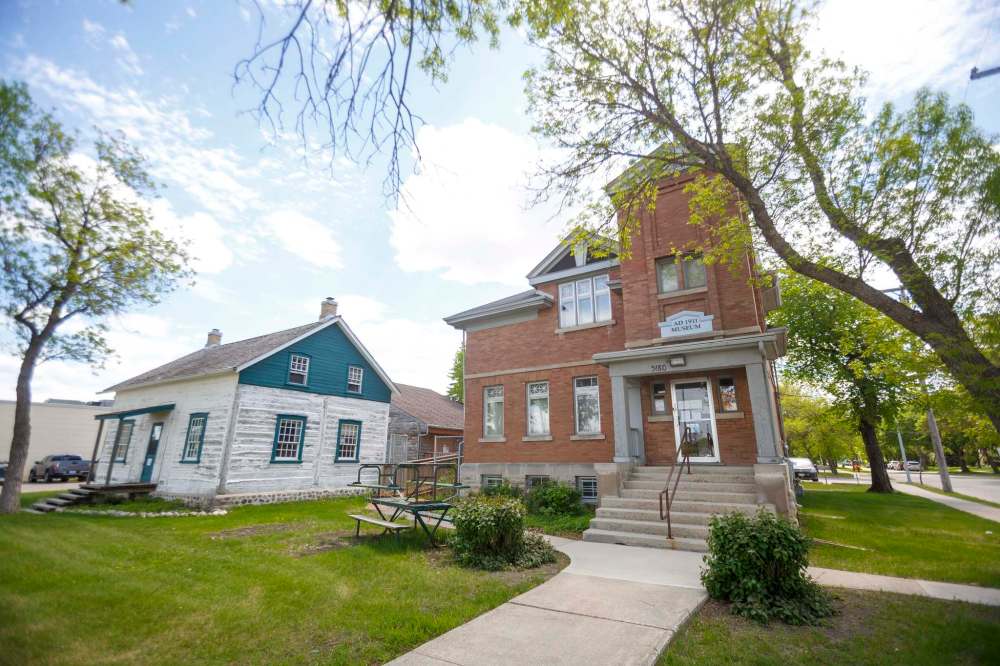
“The (front) door opened and there was no one there,” she said of one of her experiences with Charlie.
Dedicated to preserving the history of St. James, the historic district of Assiniboia, west Winnipeg, Headingley and St. Francois Xavier, the doors are closed due to public health restrictions, but Winnipeggers can join two upcoming Saturday events virtually: the teepee workshop on June 19 and Pioneer Heritage Day on June 26, which marks the centennial of the RM of St. James.
During shutdown, visitors can still walk outside the two city-owned historic buildings at the centre of the museum. Head to the back of the two-storey brick former municipal office, constructed in 1911 for $12,000, to see the unique enclosed slide fire escape, installed when the upper floor was rented out for a high school classroom.
The adjacent Red River frame construction log home was originally a one-room cabin, but owner William Brown dismantled it at its original location near St. John’s Anglican Cathedral and moved it to Headingley by ox cart in 1856. Later the prosperous farmer and his second wife Charlotte Omand expanded the home to include a sitting room, kitchen and three second-floor bedrooms.
But without seeing the inside of the whitewashed log home, moved to the museum in 1973, visitors can’t really get a sense of what life was like for the Browns, parents of six children, said Hunter-Eastwood.
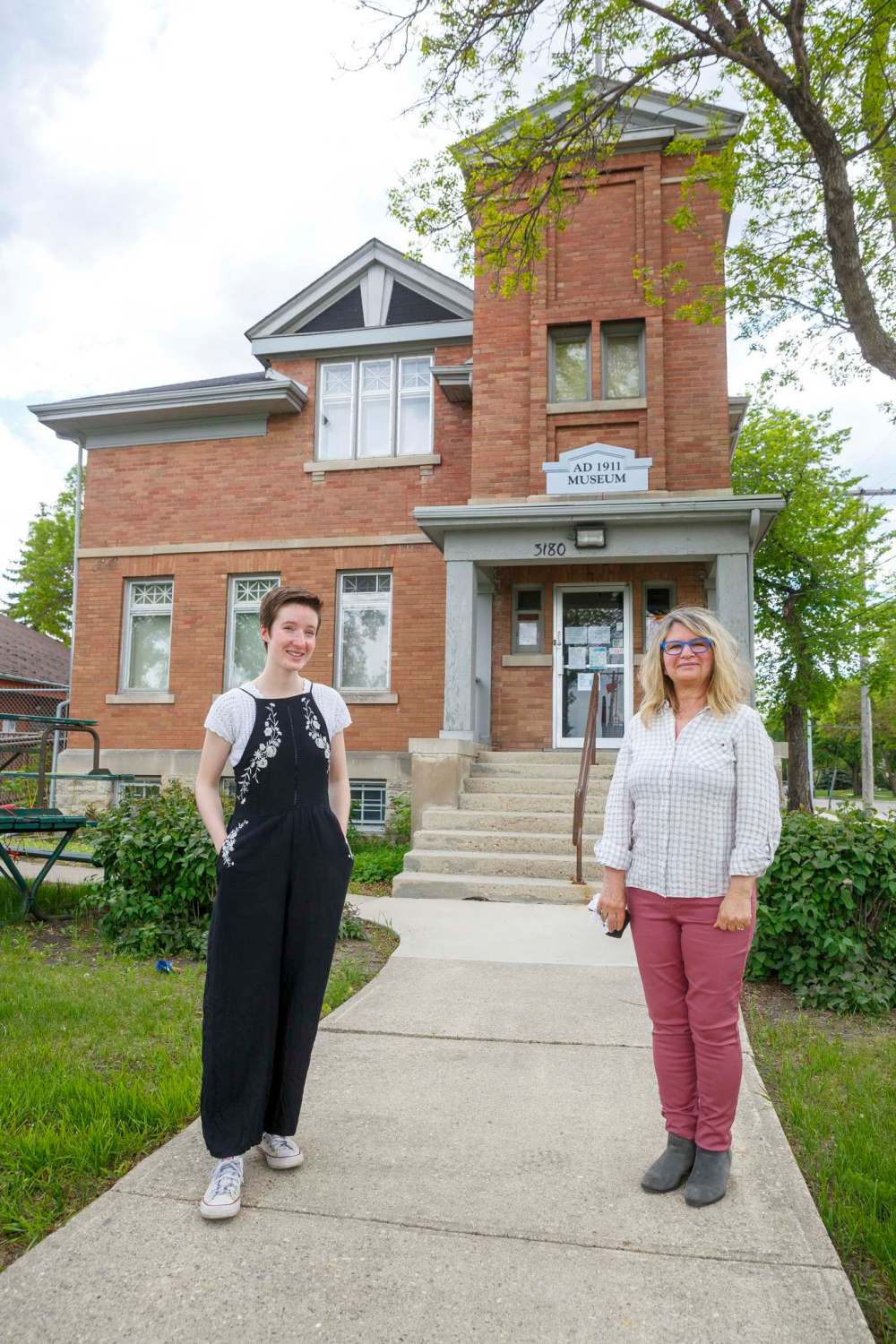
“The house itself would just be a structure without the living culture,” she said.
“We are a general living history museum.”
Filled with furniture and artifacts of the era, the home is spare but luxurious for its time, boasting upholstered furniture and wide wood trim on windows and doors, showing Brown had the money and desire to decorate his home.
Some surprises lurk inside the municipal building, which now holds artifacts on the main floor, and features a large fire safe and basement jail cell. The second floor once housed a local art club, and member Leo Mol used the room to make sketches for his human sculptures.
Included in the collection are a few unmentionables, such as two girdles and a modest brassiere, items of clothing that don’t often see the light of day but demonstrate a little bit of life in the post-Second World War era.
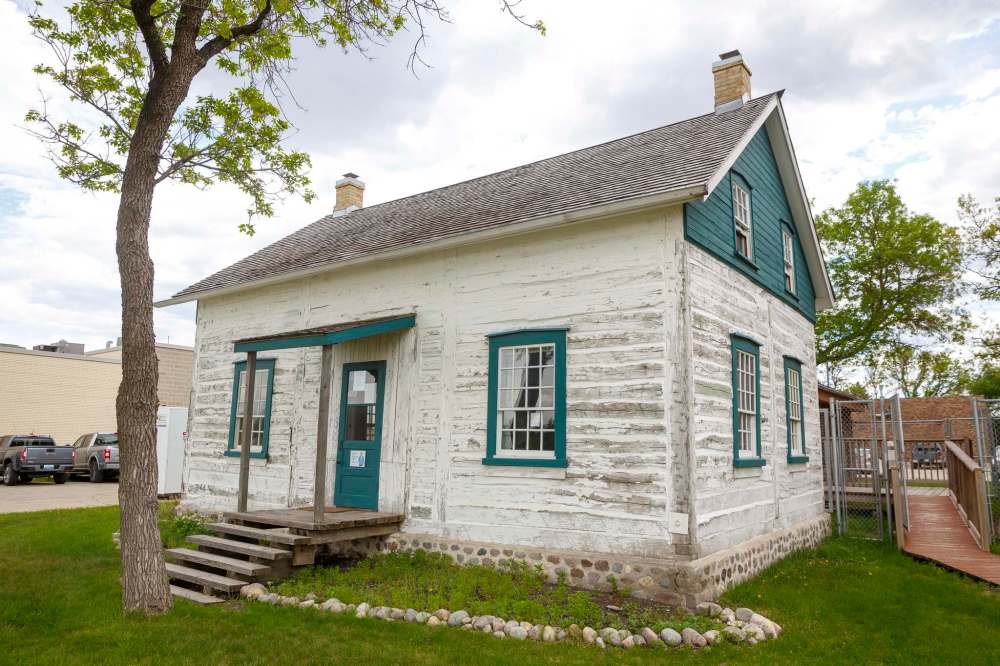
Donated by St. James resident Judy Delange, these items were manufactured by the Spirella Corset Co. of Niagara Falls and are representative of those worn by women across Canada, said Hunter-Eastwood.
“In St. James (Historical Museum), we talk not just about pioneer history, but the development of St. James-Assiniboia,” said Hunter-Eastwood.
“We talk about business and commerce and everyday history.”
Tucked into the same closet is a sleeveless bronze satin silk dress hot off the 1953 Paris runway, purchased for $40 after a designer trunk show at The Bay downtown. The original owner had the satisfaction of wearing a Paris original to Winnipeg society events, confident in the knowledge no one else in the city had one like it, said Hunter-Eastwood.
“What (HBC) couldn’t do was display it with all the labels, so they had to remove all the labels,” she said of the size 2 dress by an unknown designer.
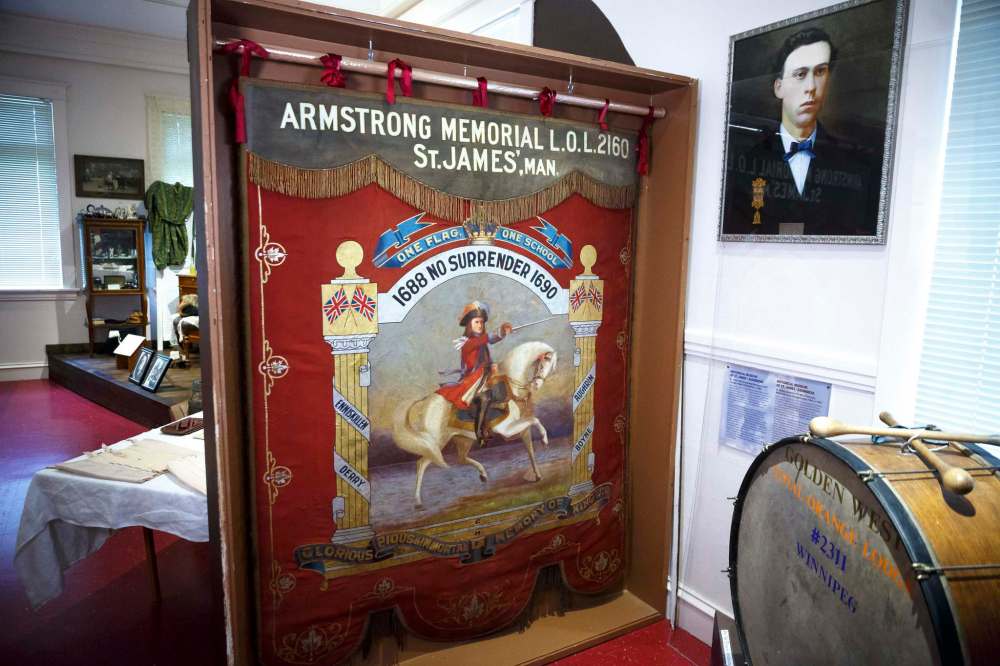
A chrome school bell bears witness to the former Britannia School No. 1517 at 361 Hampton St., which educated seven decades-worth of elementary school students. Designed by city architect E.D. Tuttle. The stately brick and stone school was enlarged several times after its original opening in 1911. It closed in 1979 and the building was destroyed by fire three years later. Not yet on public display, this new acquisition by the museum has more than one St. James story attached to it.
“It was retrieved by a fireman (from St. James) who gave it to his son and his son gave it to us,” said Hunter-Eastwood of the pass-down provenance of the fire bell on a bright red box and mounted on the original oak board.
“It was the only thing that was saved from Britannia School in the fire.”
A much bigger artifact also speaks to the history of St. James and the beliefs of its founders. The two-metre high banner of Armstrong Memorial Loyal Orange Lodge 2160 was proudly carried by local Orangemen in their annual July 12 parade, but Hunter-Eastman admitted current Winnipeggers might be offended by the beliefs behind the banner.
“When we had antique shows we had people ask why are we showing it and others thanked us for showing it,” she said of the mixed reactions to an organization which promoted the English language and British institutions in Canada.
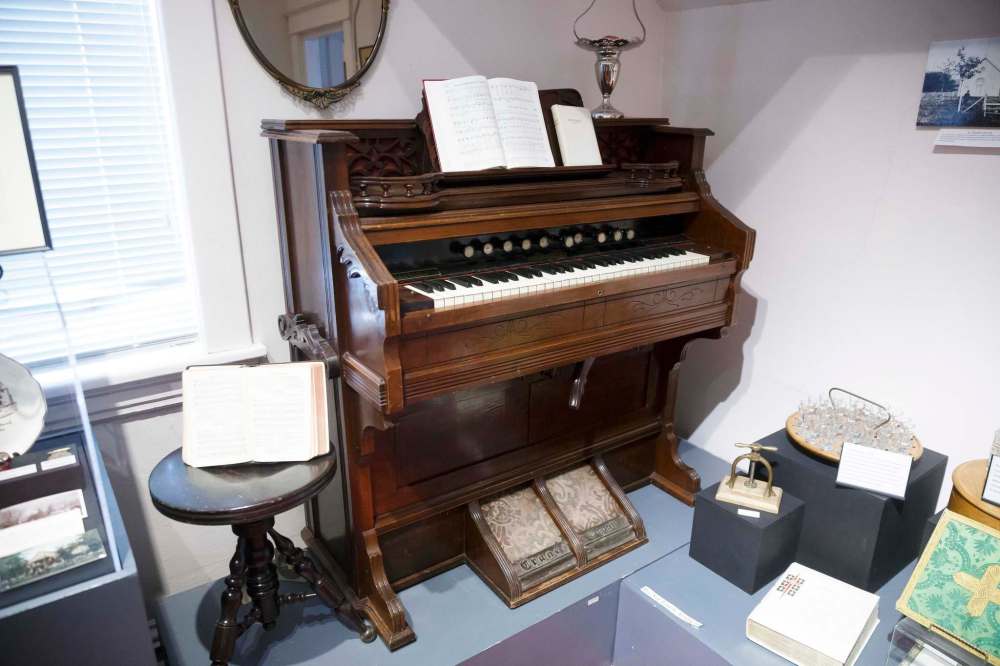
But since early residents of St. James, including William Brown and his sons, and provincial cabinet minister John Taylor, were members of the Protestant political organization founded in 1795, the banner represents an aspect of local history, said Hunter-Eastwood.
Restored by professional conservators, the banner has two sides, one with a deep red background displaying a hand painted rendering of Upper Fort Garry below a painting of King Edward VII flanked by cupids. The reverse blue side depicting King William III on horseback, wielding a sword, has not been on public view since it was displayed at the Manitoba Museum nearly two decades ago.
“It stands as a rare artifact on the time and period in Winnipeg, though the parade was outlawed in the late 1930s in Manitoba and Winnipeg,” said Hunter-Eastwood.
“There are still staunch Orangemen who believe in the tenets of the Orange Lodge.”
The Orange Order was established in Ireland in 1795 to honour William of Orange, the Dutch prince who became King of England. Members are devoutly Protestant, oppose Irish unification and Scottish independence and, according to news reports, may have ties to white supremacy.
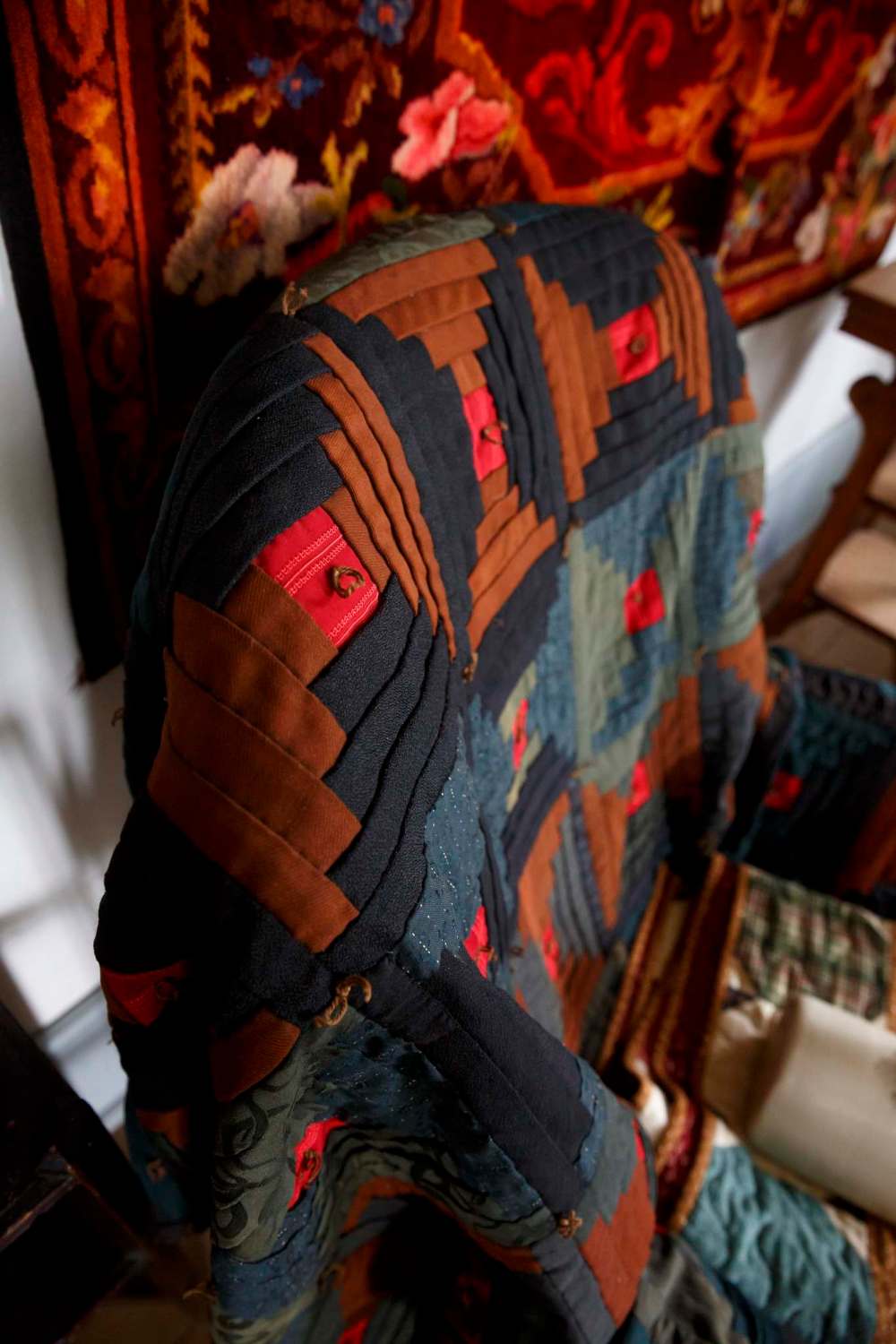
Along with objects of everyday life through from the last century or so, such as a large illustrated Bible from the Brown family, the St. James museum has a responsibility to portray all aspects of the region’s history, said Hunter-Eastman.
She said the museum must provide context and information about artifacts so visitors can understand the difficult and unpleasant aspects associated with them.
“That history has to be told, because if we don’t tell it, we may be doomed to repeat it.”
brenda@suderman.com
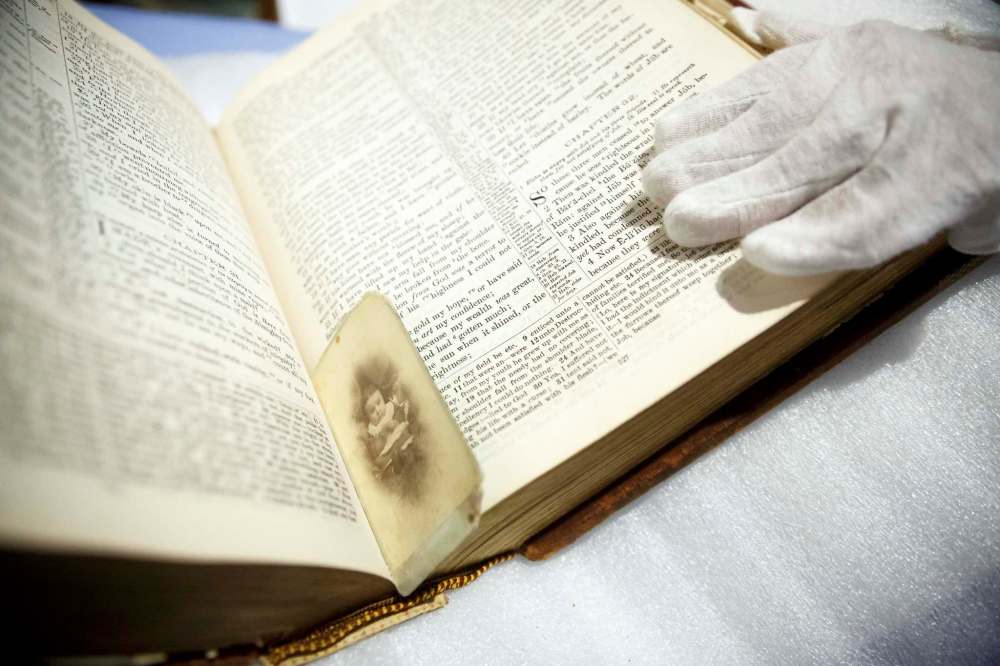
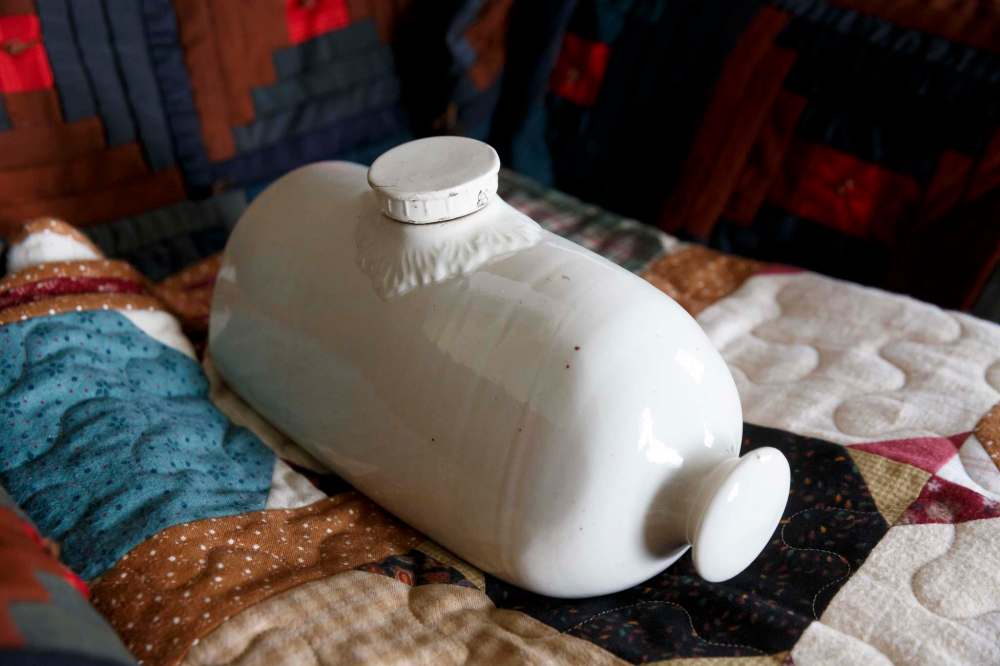
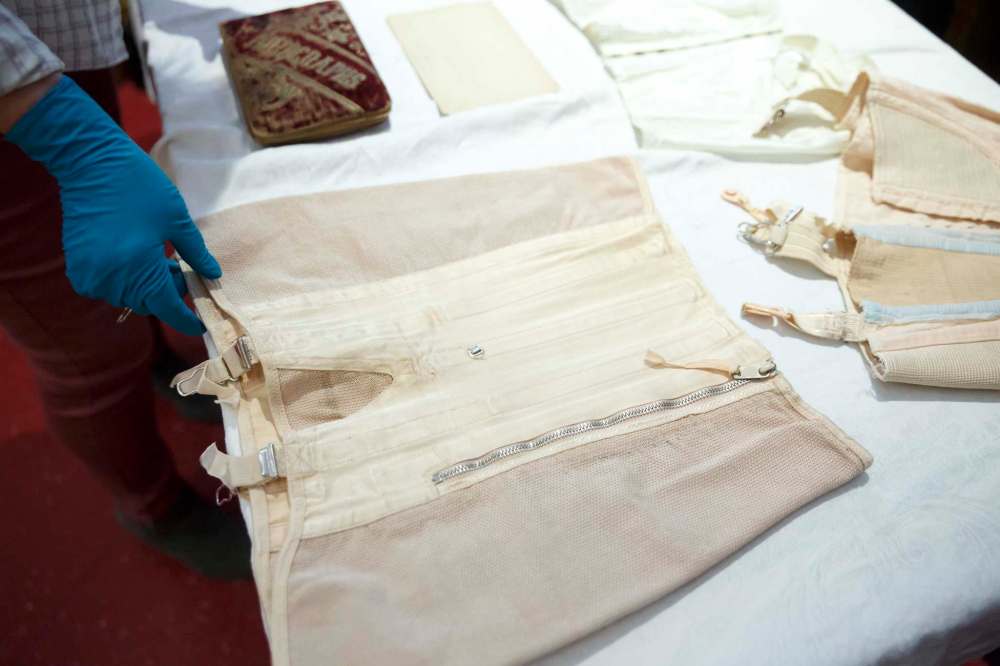
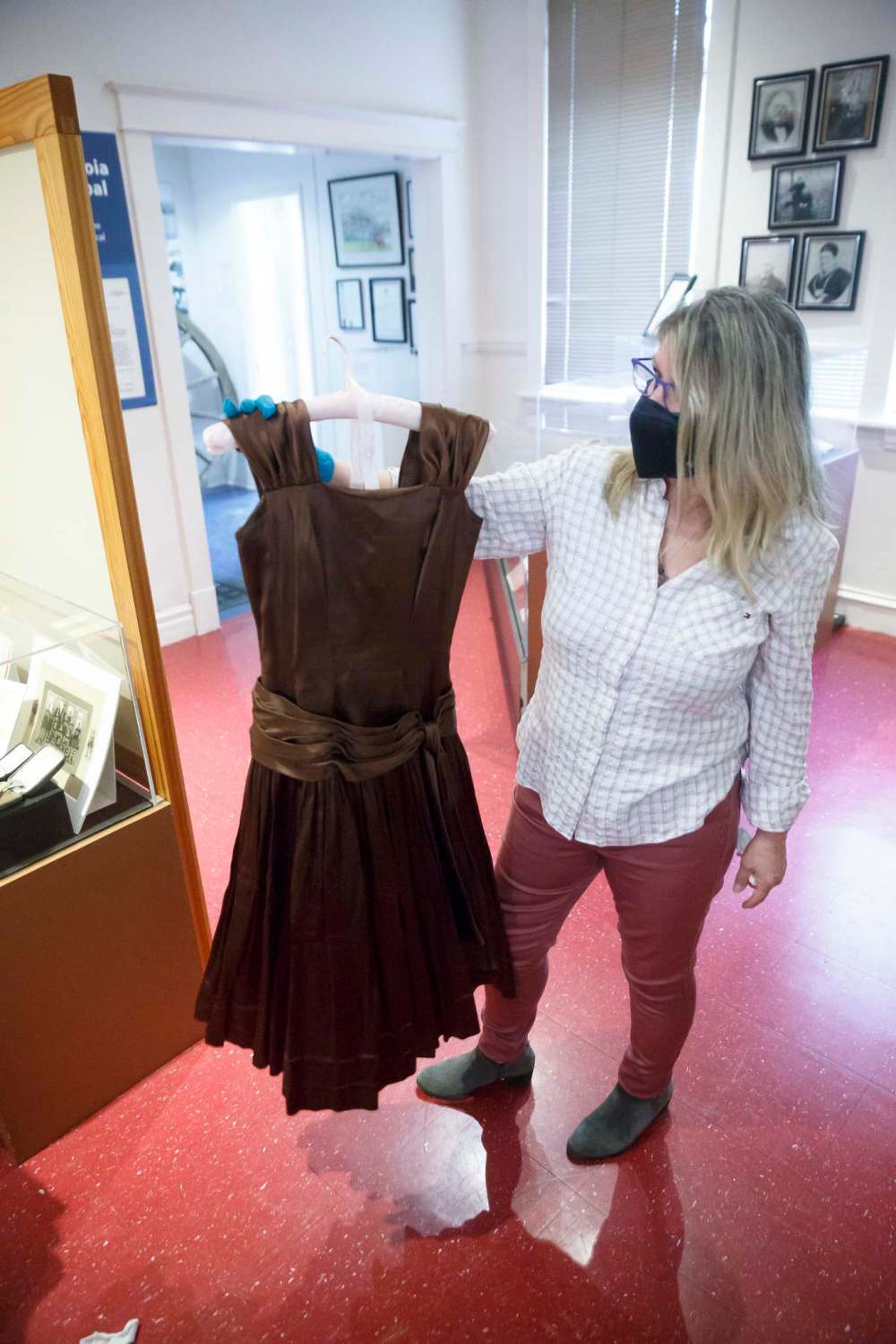
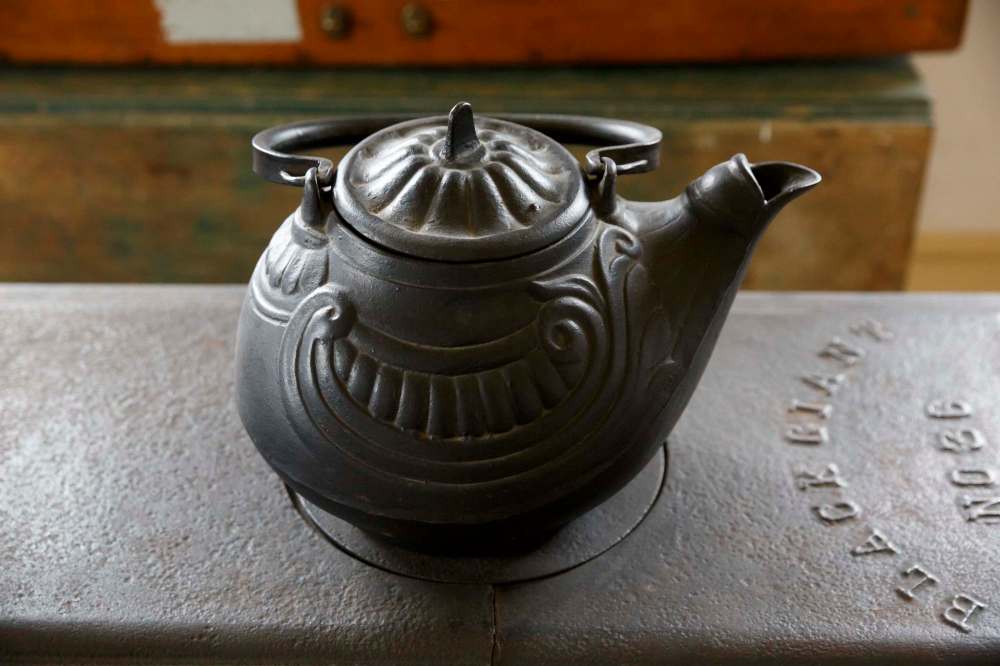
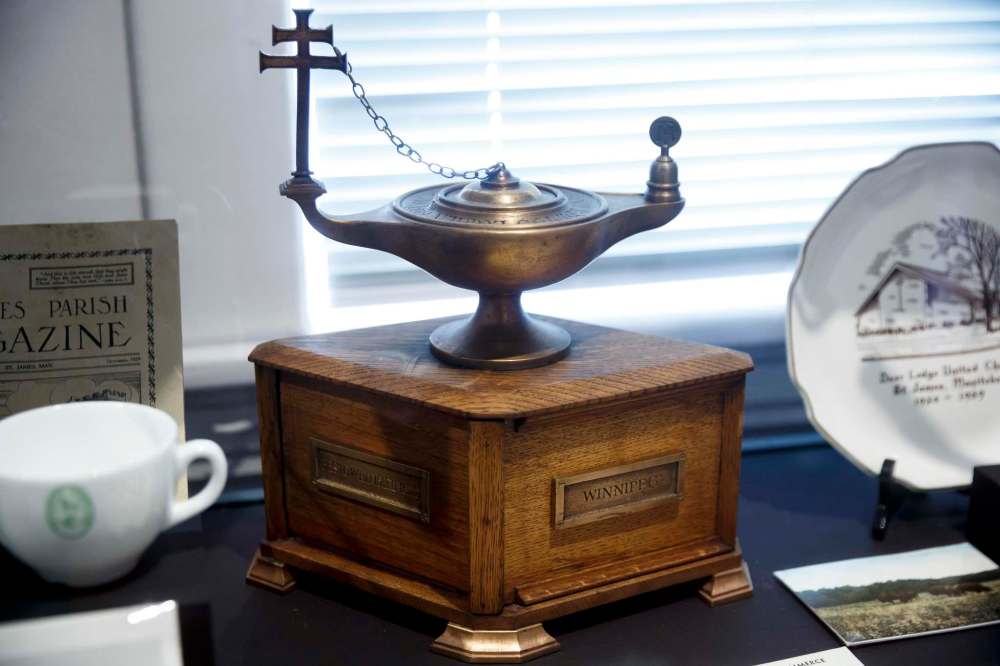
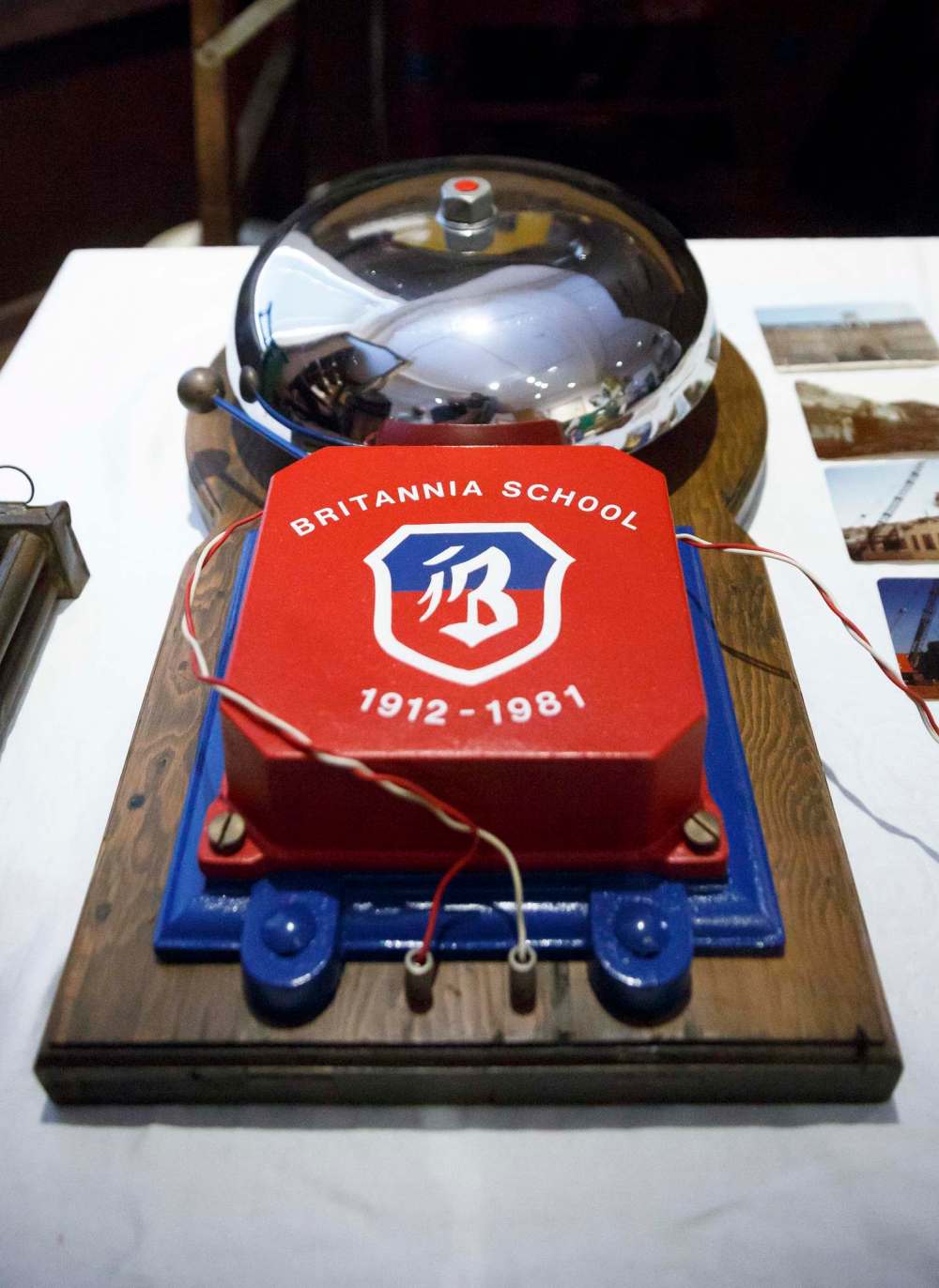
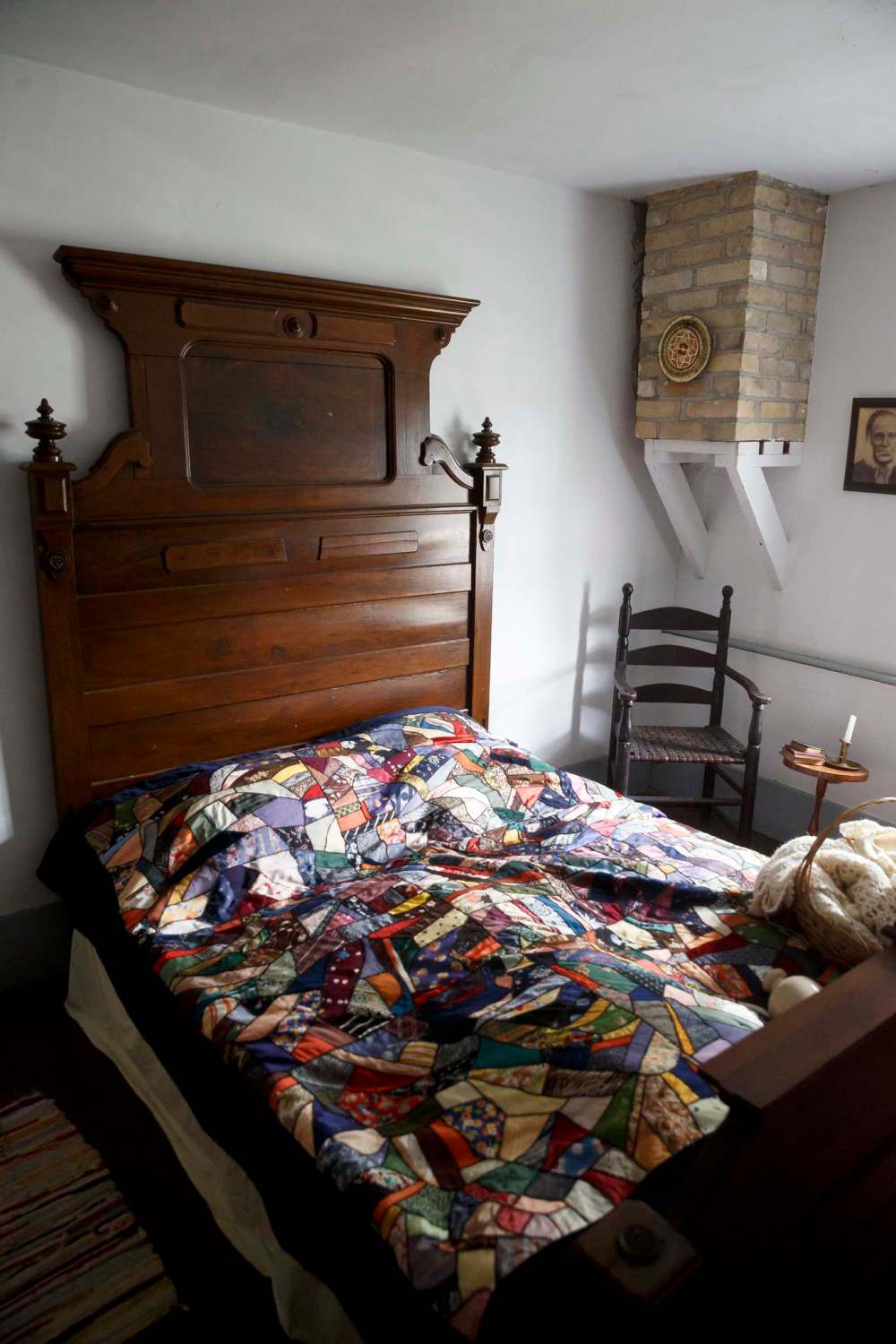

Brenda Suderman has been a columnist in the Saturday paper since 2000, first writing about family entertainment, and about faith and religion since 2006.
Our newsroom depends on a growing audience of readers to power our journalism. If you are not a paid reader, please consider becoming a subscriber.
Our newsroom depends on its audience of readers to power our journalism. Thank you for your support.
History
Updated on Monday, June 14, 2021 8:43 AM CDT: Fixes typo.






